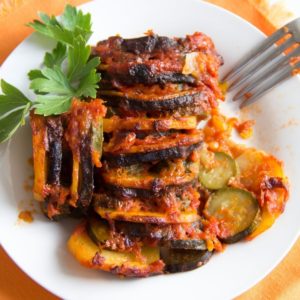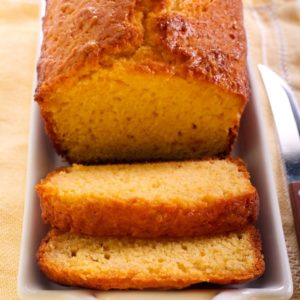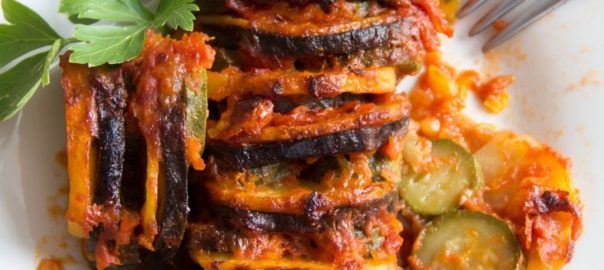According to an article I recently read, the baobab is the next superfruit. I imagine this means it should be hitting the shores of the USA any day now. No doubt to be found in a wide variety of items at the grocery store.
Health benefits of baobab
Apparently the fruit has extraordinarily high levels of vitamin C, nearly six times that of an orange. It is also reported to be high in calcium, potassium, and both soluble and insoluble fibers. The fruit is also anti-inflammatory and antipyretic (fever reducing).
In addition to all of the wonderful benefits of the fruit, many other parts of the tree are usable. These include the seeds, fibers, and leaves. These other products are apparently sometimes used in cosmetics and folk-medicines. Once they come to the United States they will no doubt find their way into every imaginable product.
What's wrong with superfoods?
While I am always happy to find foods that have great nutritional benefit or plants that have beneficial value, I confess to being underwhelmed at the thought of another “super” food. From açaí to goji berries to mangosteen and more, every new discovery brings a touted superfood. These are delivered to us at an enormous premium and pushed into our everyday consciousness via massive marketing campaigns to try to convince us to buy a product, any product, that has this newest discovery in it (sometimes in the most minimal quantities). In addition to the push by producers to include the newest, latest, greatest thing, by consuming, and often over-consuming, whatever this newest product is. Sometimes to the detriment of those who produce it.
One prime example of this trend is what has happened/is happening in Peru with the rise in popularity of quinoa. Farmers, feeling pressure to produce, are depleting the soil that would otherwise have an opportunity to lay fallow and recover. They are also switching not using the natural llama fertilizer as they reduce their herds to allow them to grow more quinoa. In the long run this quite possibly may lead to a reliance on chemical fertilizers which is not the best option for the soil or the plants.
Consider local superfoods
While it's interesting, and tasty, to have the availability of superfoods from other parts of the planet, don't lose your awareness of what is available around you. Before you rush off and buy the latest baobab concoction, think more about what you eat on a regular basis. Blueberries, sweet potatoes, avocados, liver, and pumpkin seeds are among just a few of the wonderful and delicious superfood that are available in the United States. If you live outside of the US consider looking for those nutrient dense foods that are available closer to home.
Improving daily nutrition is better for long-term health than jumping on the latest-and-greatest bandwagon. Spending your food dollars for overall health, such as fresh, local, organic food is better than spending a large sum for a small quantity of any food, no matter how super it purports to be. Remember to eat well from the abundance that surrounds you.







